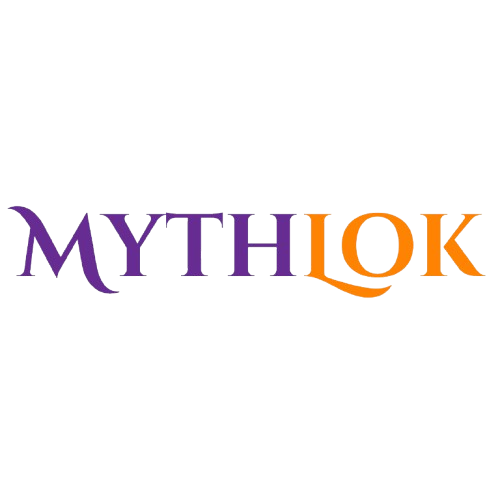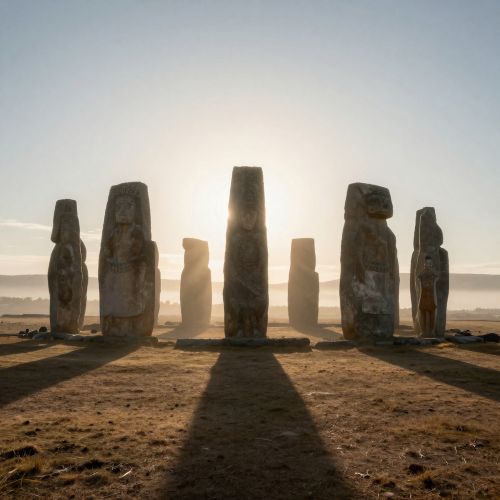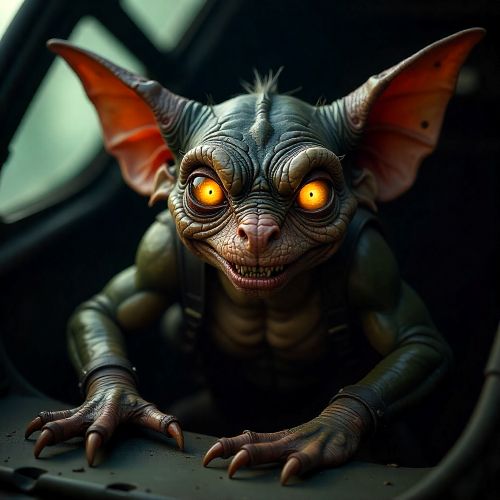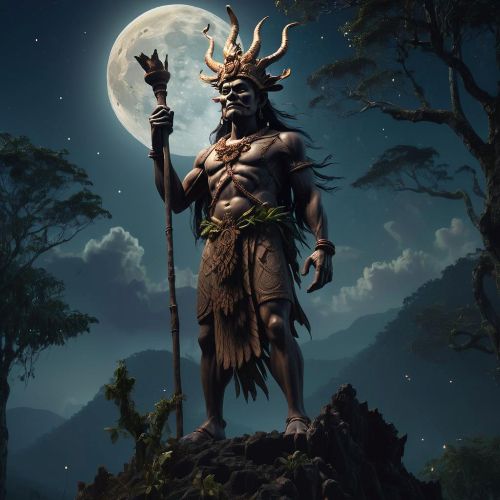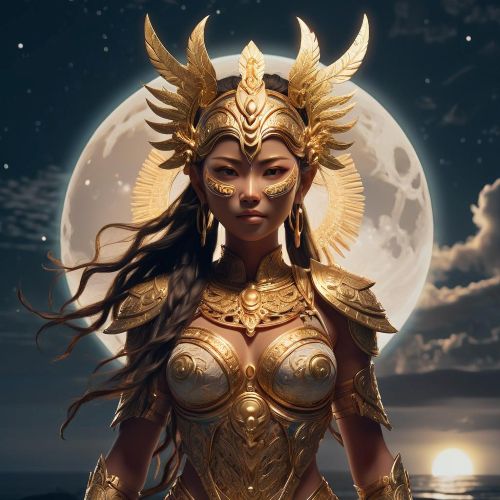Libulan : The Homosexual God
Listen
At a glance
| Description | |
|---|---|
| Origin | Philippine Mythology |
| Classification | Gods |
| Family Members | Likabutan and Liadlaw (Brothers) |
| Region | Philippines |
| Associated With | Moon, Homosexuality |
Libulan
Introduction
Libulan, also known as Bulan, is a revered moon deity in Philippine mythology, particularly in Visayan traditions. Embodying the moon’s mystical qualities, Libulan is linked to creation, fertility, and transformation. Pre-colonial beliefs personified celestial bodies, attributing them with divine significance, and Libulan was no exception.
In modern interpretations, the deity has also become a symbol of gender fluidity and inclusivity, reflecting evolving cultural discussions on identity. This reimagining highlights Libulan’s enduring presence, bridging ancient folklore with contemporary perspectives.
Physical Traits
In Visayan mythology, Libulan is the youngest son of the primordial gods, crafted from copper and characterized by a slender, graceful form. Unlike his strong, imposing brothers, Likabutan and Liadlaw, Libulan is often depicted as delicate and gentle. Some accounts describe him as a hermaphrodite or crossdresser, reflecting the ancient Visayan reverence for male babaylans (shamans) who wore female attire as a mark of spiritual authority.
Modern portrayals emphasize Libulan’s ethereal beauty, casting the deity as a luminous figure whose soft glow brings tranquility. The deity’s androgynous features further reinforce themes of transcendence and inclusivity, aligning with the moon’s universal presence and mystique.
Family
Libulan, the youngest child of Lihangin (wind) and Lidagat (sea), had three siblings: the strong, rock-bodied Licalibutan, the cheerful, golden Liadlaw, and their sister Lisuga. After their parents’ passing, some versions of the myth state that their grandfathers, Mahanaw and Makaptan, took them in.
Libulan’s relationships in mythology are unique, with accounts describing marriages to his brothers, Licalibutan and Liadlaw, resulting in children who embodied natural forces like wind and light. Another well-known tale explores Libulan’s connection with Sidapa, the god of death and time, depicting a love that defies convention. This divine union has been reinterpreted in modern contexts as a symbol of inclusivity and the fluidity of love beyond societal boundaries.
Other names
Libulan is sometimes called “Bulan,” a name also linked to a distinct moon deity in Bicolano mythology. In some areas, the name Mayari is associated with Libulan, though Mayari is more accurately recognized as the Tagalog goddess Kulalaying. The variation in names reflects the fluidity of Philippine mythological traditions, where deities often share attributes across different cultures. In Visayan beliefs, Libulan’s name is directly connected to the moon, emphasizing its celestial and divine significance.
Powers and Abilities
Libulan, as a moon deity, commands the mystical forces of the lunar realm. She can manipulate moonlight, altering its intensity or solidifying it to form objects like bridges and tools. Her presence affects the tides, drawing water toward her and creating localized surges. Additionally, she possesses supernatural resilience and the rare ability to split her soul, allowing her to exist in multiple forms simultaneously.
Beyond physical manifestations, Libulan’s influence extends to guiding travelers, inspiring artists, and bringing tranquility to the world. In contemporary interpretations, her powers symbolize healing, acceptance, and unity, reflecting the moon’s enduring role as a source of comfort and inspiration.
Modern Day Influence
In modern times, Libulan has been embraced as a symbol of inclusivity, particularly within the LGBTQ+ community. Though the widely circulated love story between Libulan and Sidapa has been debunked as a modern fabrication, the deity’s association with gender fluidity and acceptance remains meaningful. This reinterpretation reflects a deeper desire to reconnect with pre-colonial traditions that once honored diverse identities.
Libulan’s influence extends into literature, art, and cultural discussions, where scholars and creatives explore the deity’s role in pre-colonial society. Festivals and artistic expressions celebrate Libulan as a reminder of the Philippines’ rich heritage and evolving perspectives on identity and equality.
Related Images
Source
Trese Chronicles: https://tresechronicles.ph (Philippine mythology blog and resources)
Philippine Mythology and Folklore Online: https://philippinemythologyandfolklore.com
Jocano, F. Landa. Outline of Philippine Mythology. Quezon City: C&E Publishing, 1969.
Eugenio, Damiana L. Philippine Folk Literature: The Myths. Quezon City: University of the Philippines Press, 2001.
“Ancient Lunar Beliefs in the Visayas” published in Journal of Southeast Asian Folklore.
Frequently Asked Questions
What is lorem Ipsum?
I am text block. Click edit button to change this text. Lorem ipsum dolor sit amet, consectetur adipiscing elit. Ut elit tellus, luctus nec ullamcorper mattis, pulvinar dapibus leo.
What is lorem Ipsum?
I am text block. Click edit button to change this text. Lorem ipsum dolor sit amet, consectetur adipiscing elit. Ut elit tellus, luctus nec ullamcorper mattis, pulvinar dapibus leo.
What is lorem Ipsum?
I am text block. Click edit button to change this text. Lorem ipsum dolor sit amet, consectetur adipiscing elit. Ut elit tellus, luctus nec ullamcorper mattis, pulvinar dapibus leo.
What is lorem Ipsum?
I am text block. Click edit button to change this text. Lorem ipsum dolor sit amet, consectetur adipiscing elit. Ut elit tellus, luctus nec ullamcorper mattis, pulvinar dapibus leo.
What is lorem Ipsum?
I am text block. Click edit button to change this text. Lorem ipsum dolor sit amet, consectetur adipiscing elit. Ut elit tellus, luctus nec ullamcorper mattis, pulvinar dapibus leo.

